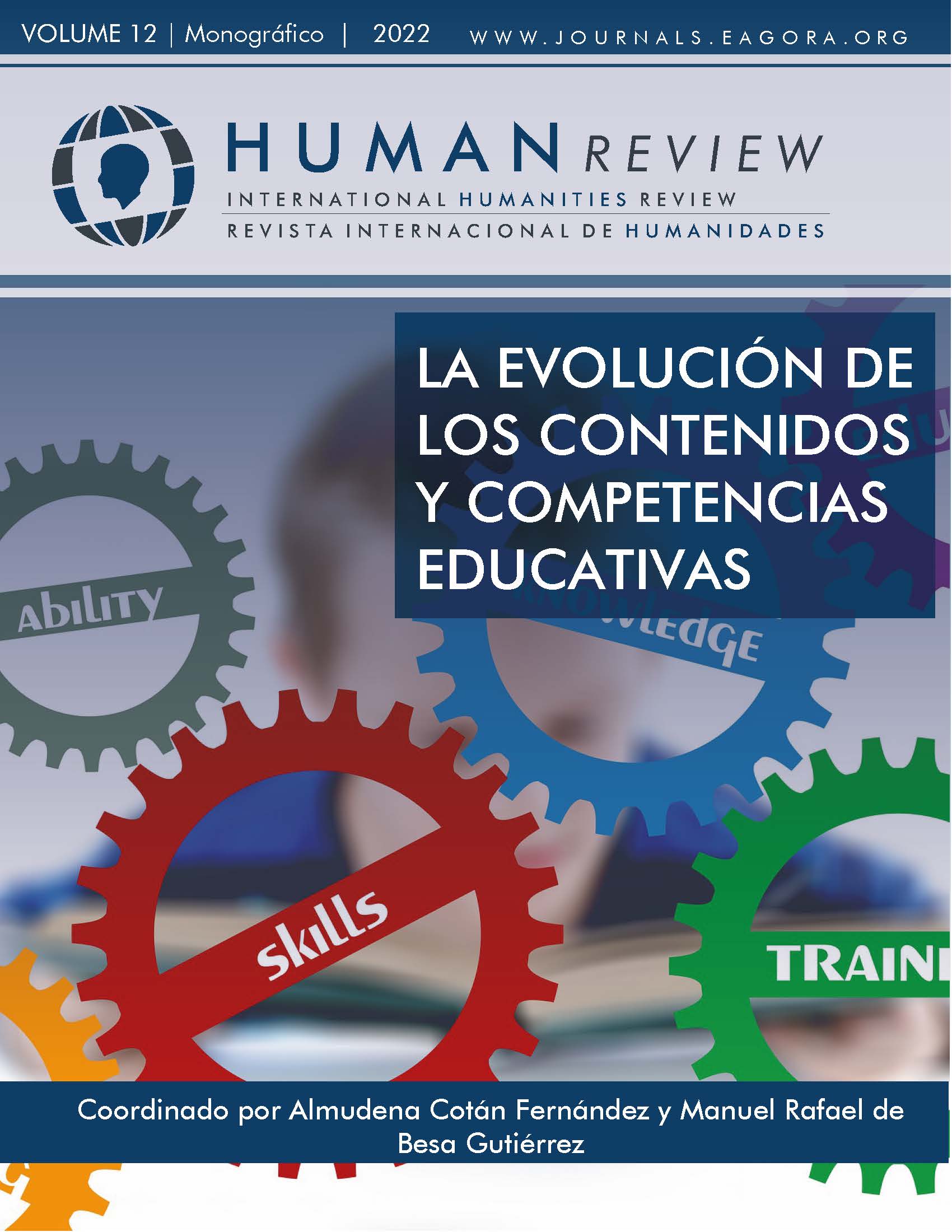The Space of the Artist as Heterotopia
Recontextualization of the Studio Whitin an Educational and Sociocultural Project
DOI:
https://doi.org/10.37467/revhuman.v11.3928Keywords:
Museum, Art, Education, Resource, Didactic, Exhibition, CultureAbstract
Workshop, studio, laboratory, factory... the artist’s work space has been taking several names, assuming different forms and configurations. But in essence it is a functional space where each artist creates and produces their work. It is a highly symbolic, active and performative context, an ideal place for the execution of actions and processes in which to explore the phenomenology of the medium as an educational space.
“Artist’s Space” is an artistic-pedagogical project that takes the studio or workshop as a mediator of the artistic experience within the XXII Children’s and Youth Book Fair of Pontevedra.
References
Acaso, C., y Megías, C. (2017). Art Thinking. Cómo el parte puede transformar la educación. Paidós.
Ball, P. (2013). La curiosidad. Por qué todo nos interesa. Ed Turner.
Baudrillard, J. (2004). El sistema de los objetos. Siglo XXI Editores.
Cerrón Rojas, W. (2022). La investigación cualitativa en educación. Horizonte de la ciencia, 9(17), 1–8. https://revistas.uncp.edu.pe/index.php/horizontedelaciencia/article/view/219 DOI: https://doi.org/10.26490/uncp.horizonteciencia.2019.17.510
Currey, Mason. (2013). Rituales cotidianos, como trabajan los artistas. Turner.
Didi-Huberman, G. (2011). La exposición como máquina de guerra: keywords. Minerva: Revista del Círculo de Bellas Artes, (16), 24-28. https://cbamadrid.es/revistaminerva/articulo.php?id=449
Favre, E. (2015). Desde el taller. Diálogo entre Yves y John Berger con Emmanuel Favre.
Gustavo Gili.García, Á., y Muñoz, J. M. (2004). Pedagogía de los espacios. Esbozo de un horizonte educativo para el siglo XXI. Revista española de pedagogía, 228, 257-278.https://reunir.unir.net/handle/123456789/4120
Giaveri, F. (2011). El Atlas de Gerhard Richter. Anales de Historia del Arte, 21(Extra), 225-239. https://doi.org/10.5209/rev_ANHA.2011.37459 DOI: https://doi.org/10.5209/rev_ANHA.2011.37459
Goodman, Nelson. (1999) Maneras de hacer mundos. Visor.
Hernández, F. (2008). La investigación basada en las artes. Propuestas para repensar la investigación en educación. Educatio Siglo XXI, 26, 85-118. https://revistas.um.es/educatio/article/view/46641
Foucault, M. (1967). De los espacios otros, Architecture, Mouvement, Continuité, 5.http://www.fadu.edu.uy/estetica-diseno-i/files/2017/07/foucalt_de-los-espacios-otros.pdf
L´Ecuyer. (2012). Educar en el asombro. Plataforma actual.
Huerta, Richard, R (2008). Mentes sensibles. Investigar en educación y museos. Universidad de Valencia.
Marín Viadel, R., y Roldán Ramírez, J. J. (2019). A/r/tografía e Investigación Educativa Basada en Artes Visuales en el panorama de las metodologías de investigación en Educación Artística. https://doi.org/10.5209/aris.63409 DOI: https://doi.org/10.5209/aris.63409
Munari, Bruno.(2020). El arte como oficio. Gustavo Gili.
Murillo, D. (2016). La colección como práctica artística. Una aproximación a los procesos artísticos y comportamientos coleccionísticos desde la experiencia personal.[Doctoral Thesis]. Universidad del País Vasco.
Reyero, C. (1993). Courbet. Historia 16. DOI: https://doi.org/10.22201/iih.24485004e.1998.016.2986
Downloads
Published
How to Cite
Issue
Section
License
Those authors who publish in this journal accept the following terms:
- Authors will keep the moral right of the work and they will transfer the commercial rights.
- After 1 year from publication, the work shall thereafter be open access online on our website, but will retain copyright.
- In the event that the authors wish to assign an Creative Commons (CC) license, they may request it by writing to publishing@eagora.org









